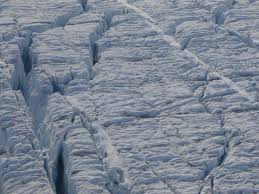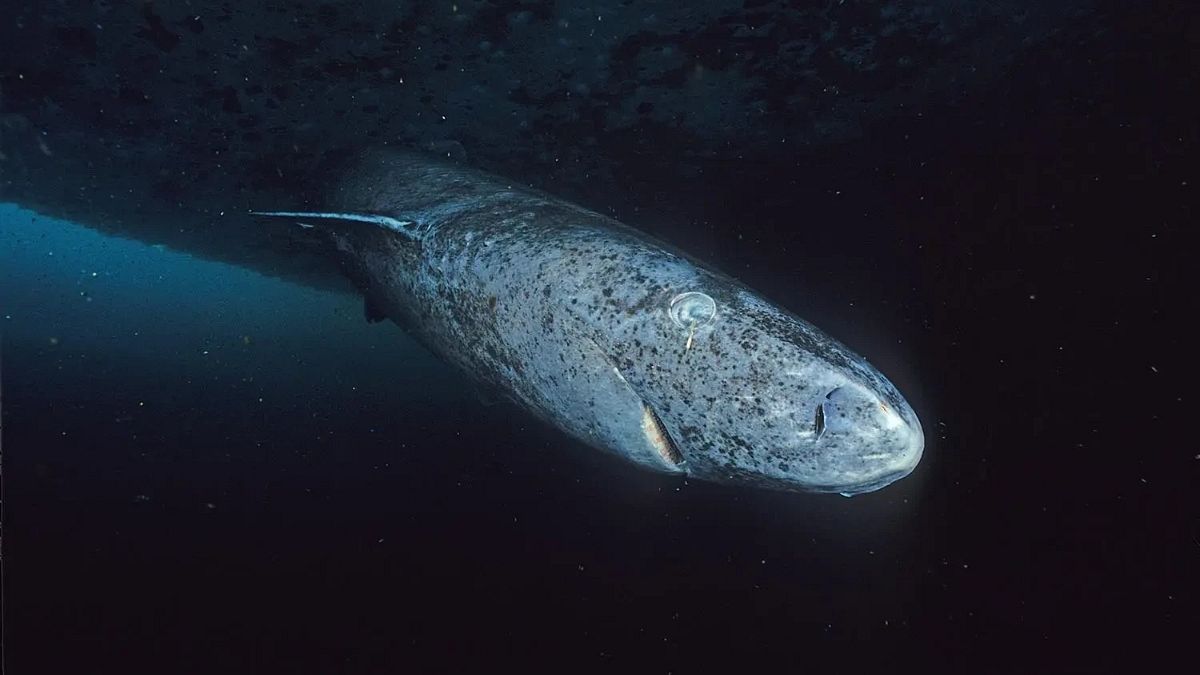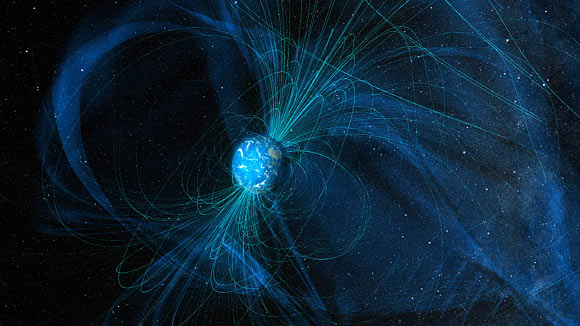
In just five years, 930 million cubic meters of crevasses opened up in the Greenland ice sheet, equivalent to adding a crack the size of the Great Pyramid of Giza to the world's second largest ice sheet every few days.

Previously, it was thought that this long lifespan was due to the shark’s cold environment and minimal movement. Now, it’s been discovered that the factors behind this species extreme longevity appear to be far more complex.

Geoscientists show that rocks from the Isua Supracrustal Belt in West Greenland have experienced three thermal events throughout their geological history.

In a crazy demonstration of just how little Greenland cares about following the laws of physics, the large island is rising out of the sea. The rise is fueled by Greenland’s ongoing ice loss, which continues to melt as global temperatures rise.

Melting at the interface between ice sheets and the ocean in the Arctic is much more extensive than previously estimated. Melting in the Arctic could have catastrophic effects on the rest of the world.

A new study found that ice shelves in the region have lost more than a third of their volume in the last half-century because of rising temperatures — and if it continues, there could be "dramatic consequences" for glaciers, and the planet.

An international team of scientists was amazed to discover that Greenland was a green land only 416,000 years ago. Much of the Greenland ice sheet vanished when it got warm which caused a global sea level rise.

Releasing 1000 gigatons of carbon into the atmosphere will cause the southern portion of the ice sheet to melt. If it melts entirely, global sea level would rise about 7 meters. We've emitted about 500 gigatons of carbon already.

This meltdown has caused concern, as continued large-scale melting of Greenland’s ice could lead to flooding in coastal cities worldwide.

Scientists were alarmed at the amount of dissolved mercury they found in rivers and fjords. The heavy metal raises concerns for the health of indigenous communities. And with global warming, the problem may get worse.

Nearly after 30 years, the World Meteorological Organization confirms that the Northern Hemisphere in Greenland has a minus minus 69.6 C. This new data provides a benchmark for understanding climate change.

Greenland's massive ice sheet saw a record net loss of 532 billion tonnes last year, raising red flags about accelerating sea level rise, according to new findings.

An extreme form of solar storm, known as a solar proton event (SPE) struck our planet in 660 BCE. If an event of such magnitude were to happen today, it would likely wreak havoc on our technological infrastructure.

New science suggests Greenland may be approaching a dangerous tipping point, with implications for global sea-level rise.

An international team has discovered a 31-km wide meteorite impact crater buried beneath the ice-sheet in the northern Greenland. This is the first time that a crater of any size has been found under one of Earth.